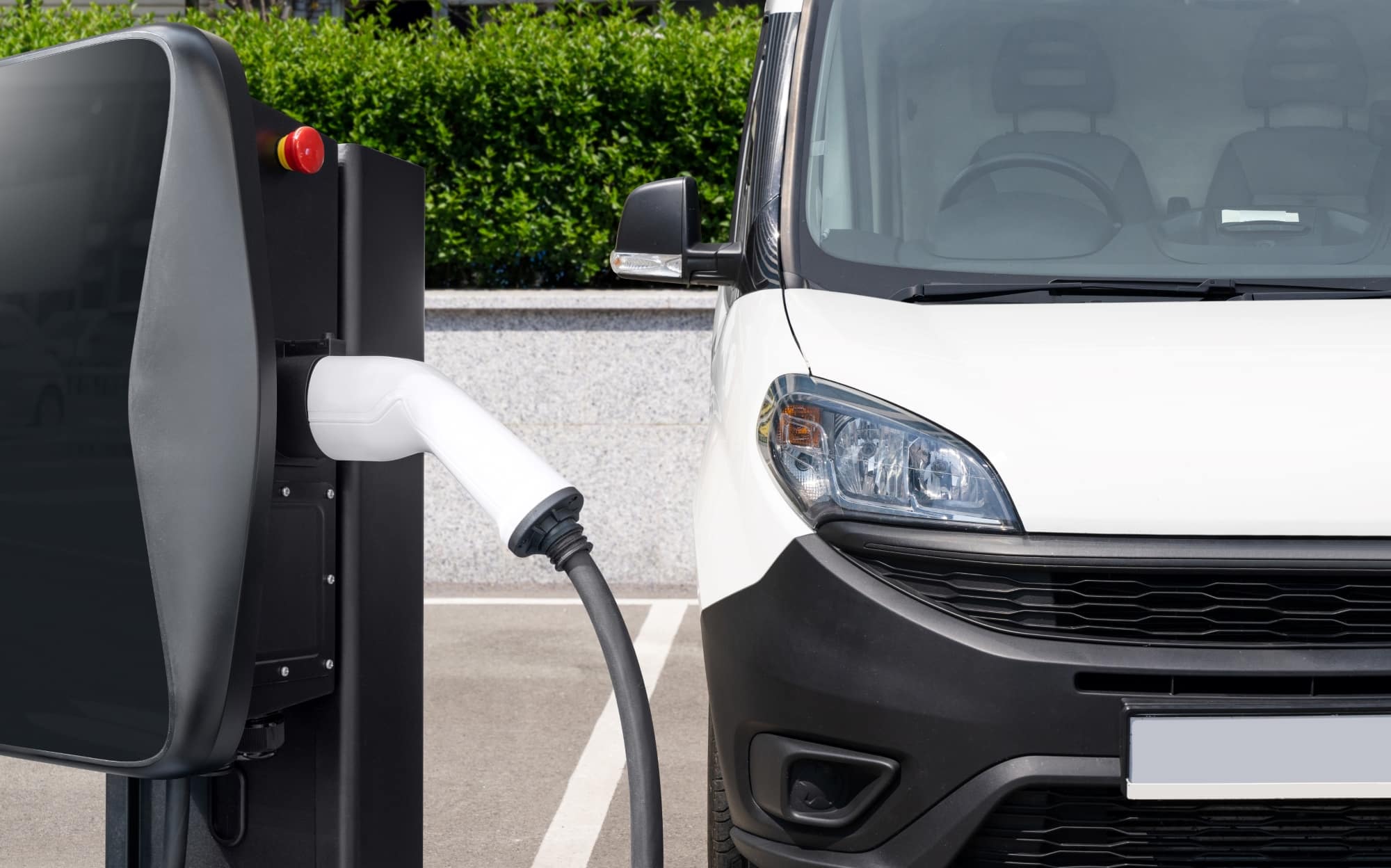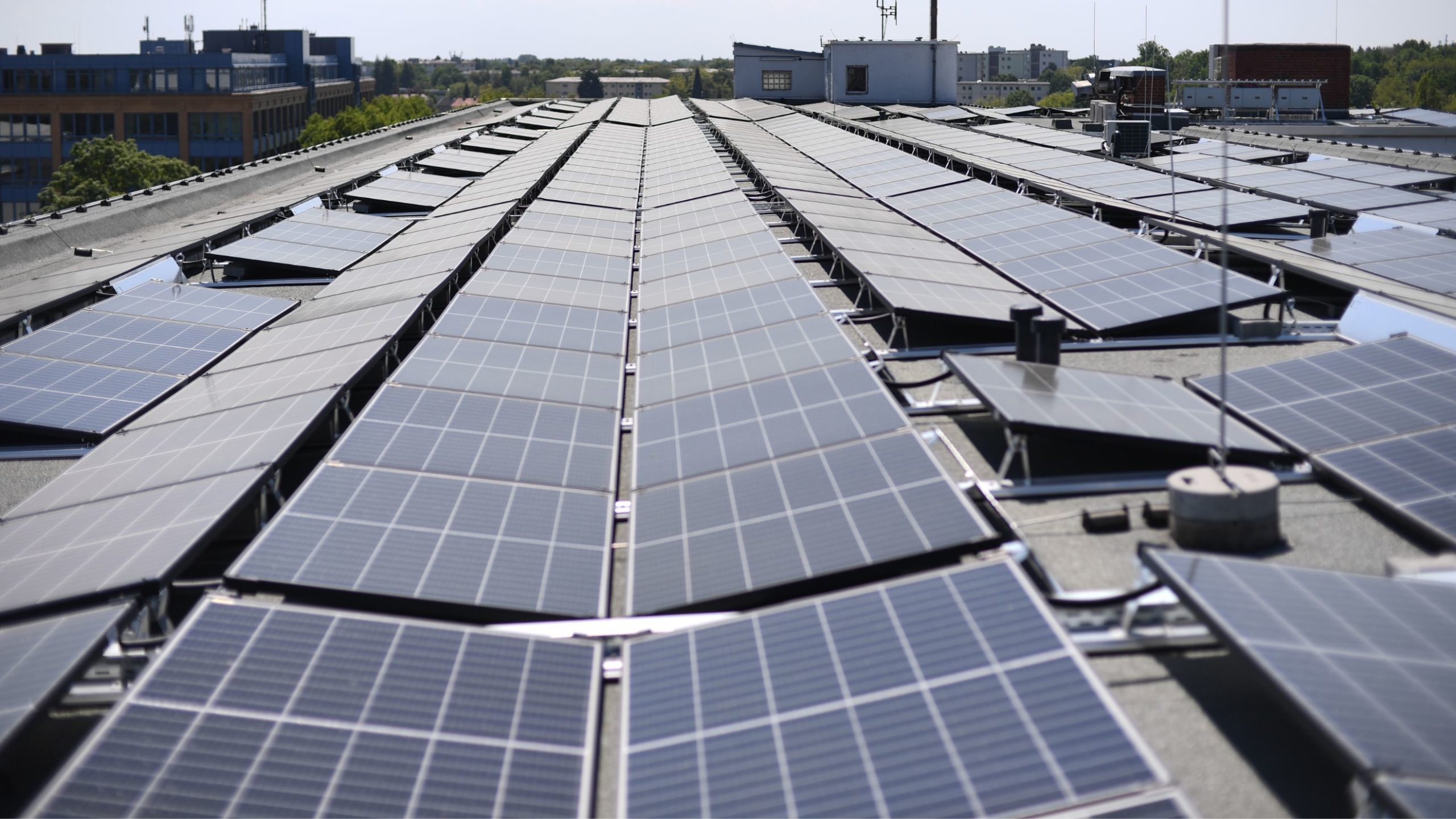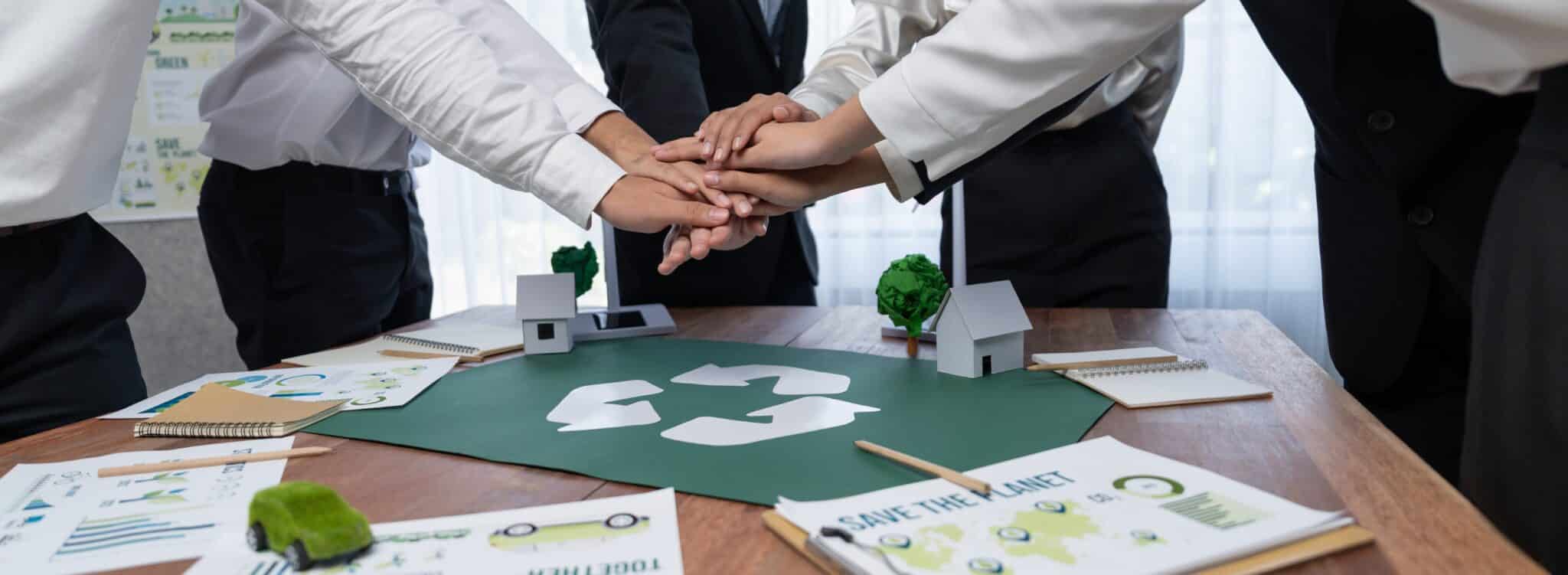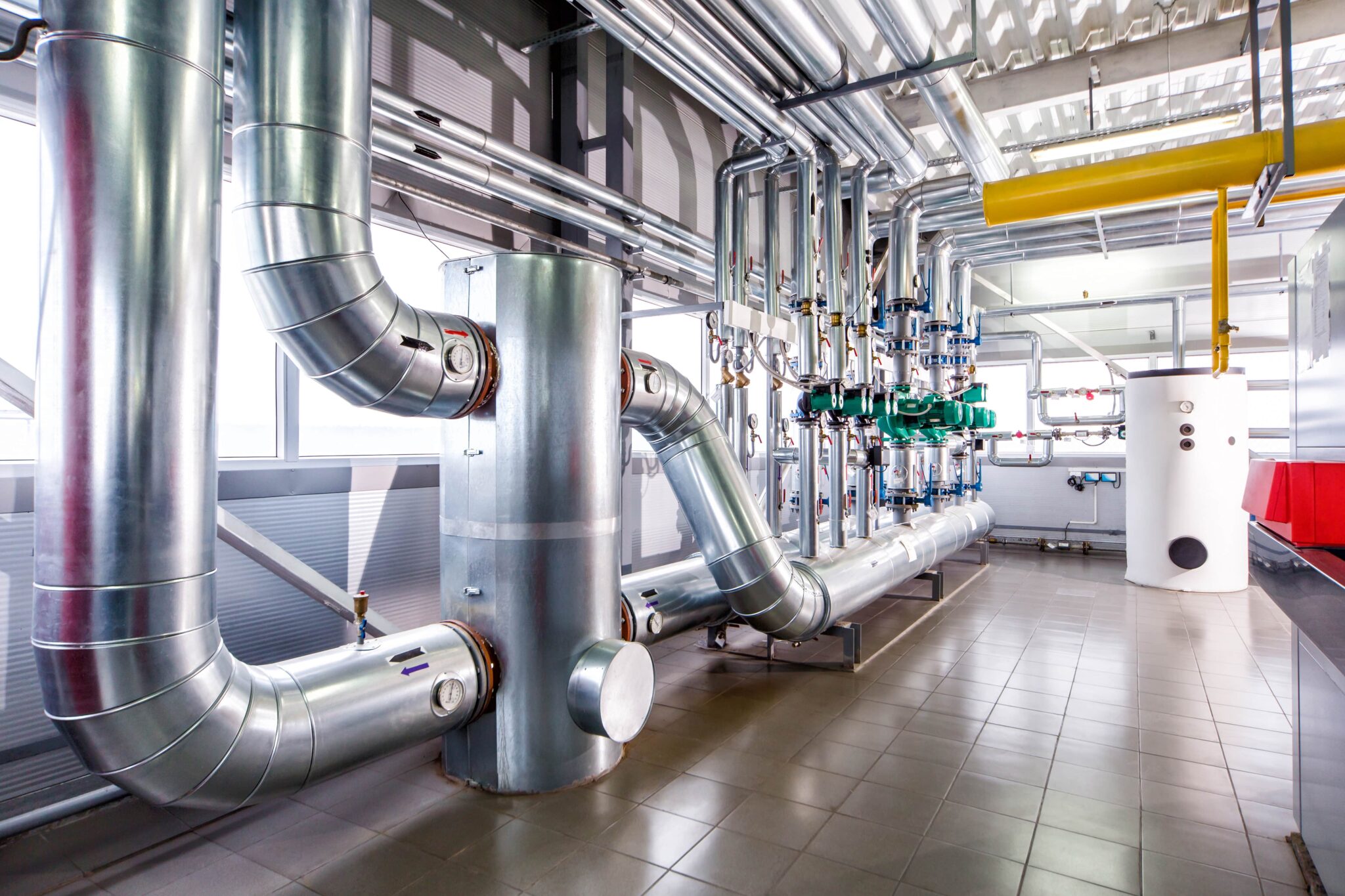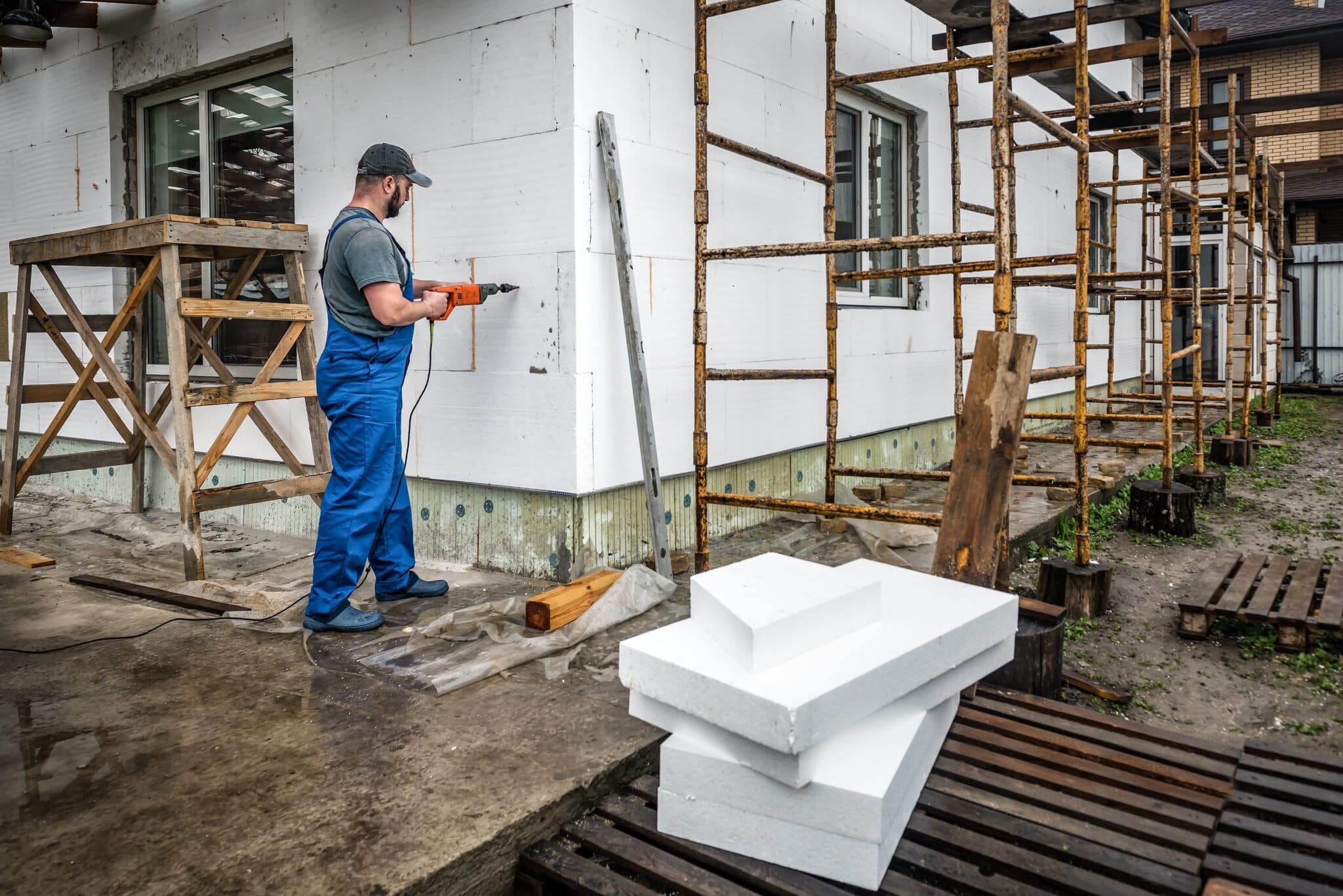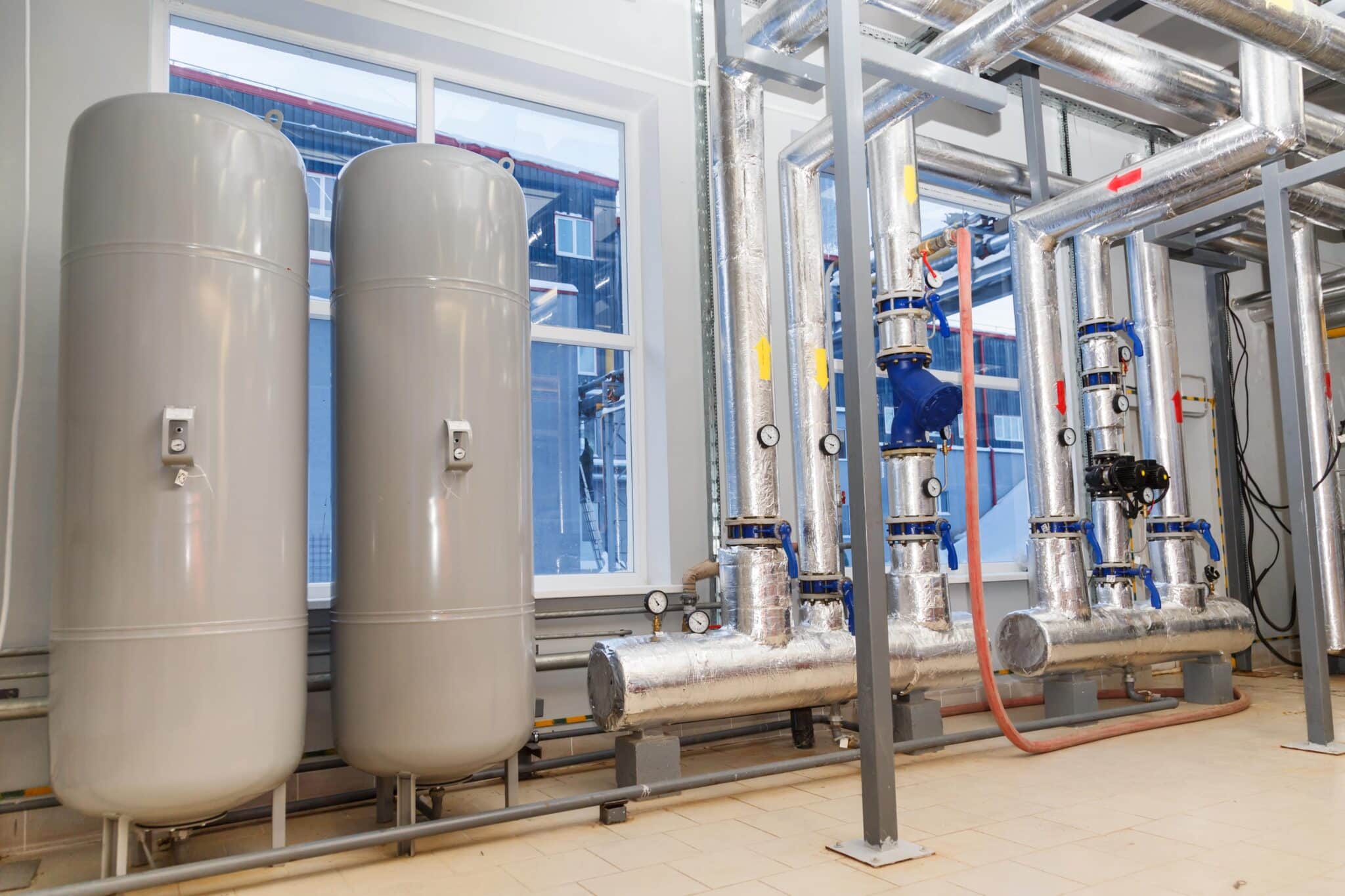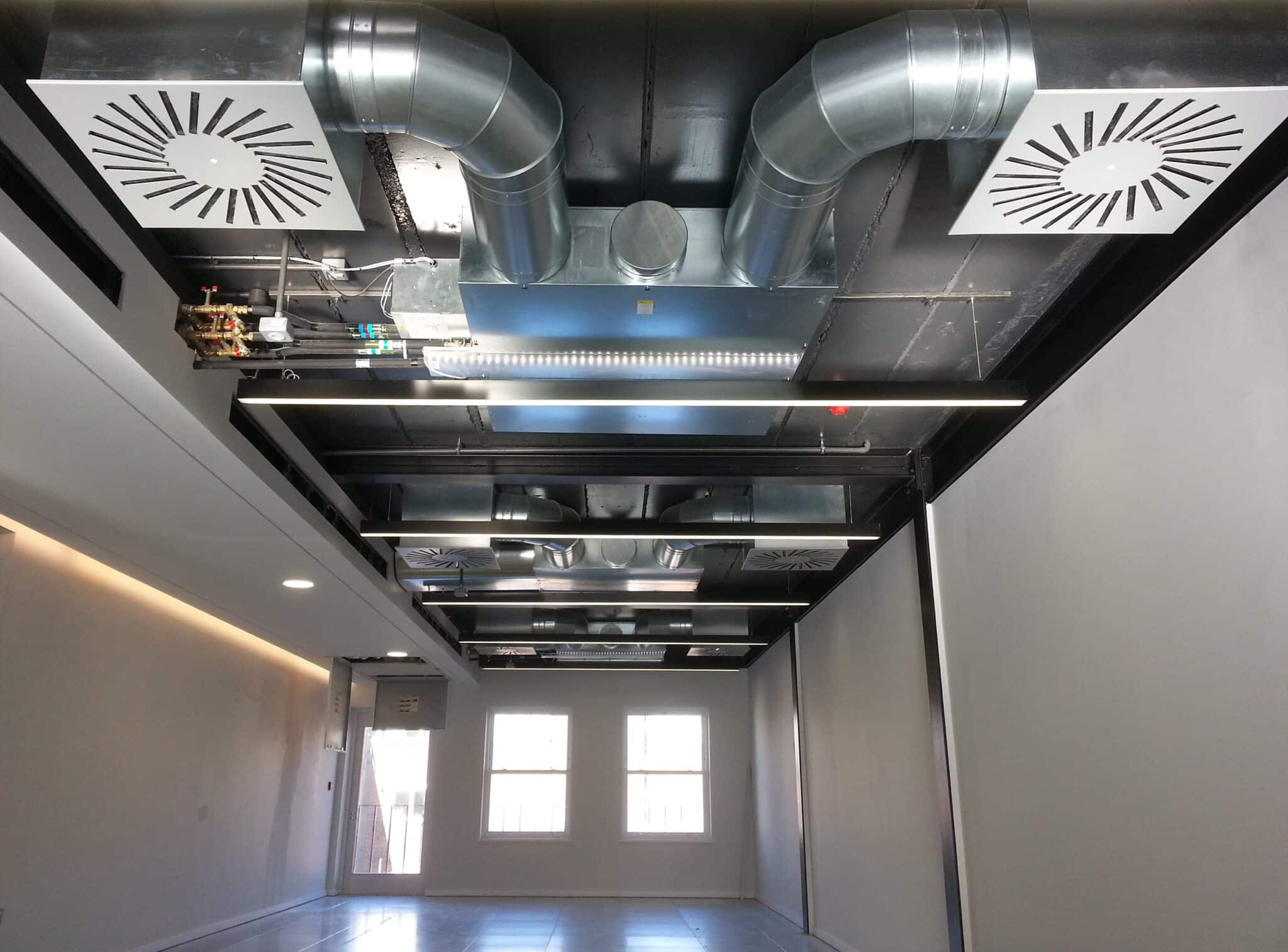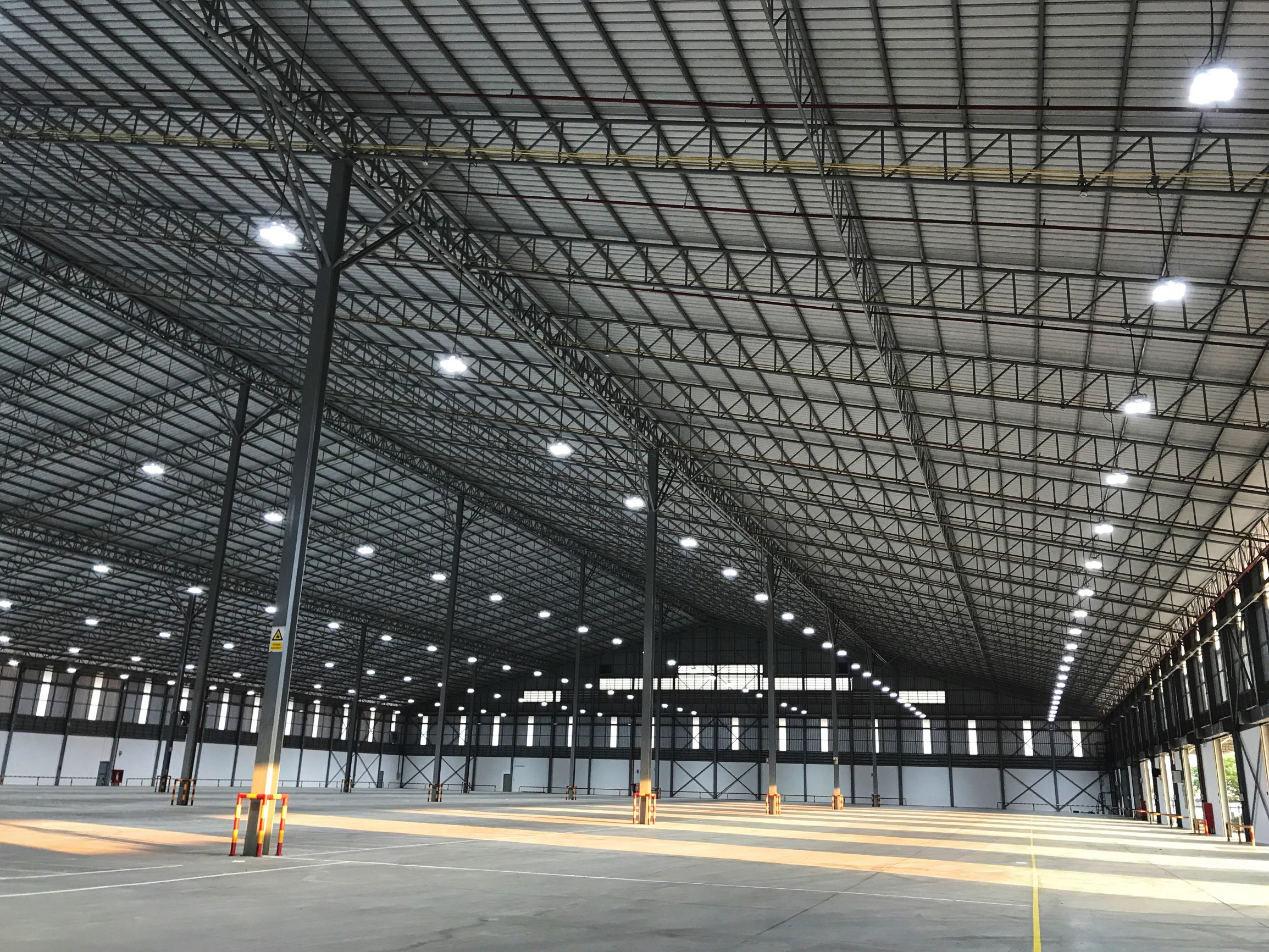In order to have an overview of a company’s energy situation, it is important to monitor its consumption. Carrying out an energy analysis enables you to detect over-consumption and determine the measures you need to take to improve. With a view to continuous improvement, regular monitoring is essential.
Continue reading “Analysis of your company’s energy situation”Sector: Construction
Purchase of electric utility vehicles
Electric mobility, a key element in the decarbonisation of your company
In order to achieve carbon neutrality by 2050, replacing internal combustion vehicles with electric vehicles is crucial. Greenhouse gas (GHG) emissions linked to the transport of people and goods keep rising within the European Union. This concerns all types of vehicles, and a transition is necessary to meet national and European targets.
Purchasing these vehicles in principle requires the installation of one or more electric charging station(s) and can be supplemented by the installation of photovoltaic panels.
Key steps and aspects to consider when planning and implementing this change are outlined below.
Continue reading “Purchase of electric utility vehicles”Installing photovoltaic panels on company roofs
Photovoltaics: an environmentally and financially interesting alternative for your company’s electricity production
A photovoltaic installation enables you to produce renewable electricity and to decouple part of your electricity costs from market price fluctuations. Beyond self-consumption, there are other support mechanisms that can represent an interesting economic model, such as the guaranteed feed-in tariff or the market premium resulting from a call for tenders. The installation can be financed from your own funds or by a third-party investor, who can also take care of its planning and completion.
Continue reading “Installing photovoltaic panels on company roofs”Staff awareness campaign
Running awareness campaigns within your company
Individual behaviour has a major influence on resource consumption. To make employees aware of the impact of their actions, an awareness campaign is ideal.
The details below provide guidelines for setting up a staff awareness campaign, to ensure responsibility and lasting commitment to the themes of energy, resources, and climate within the organisation.
Continue reading “Staff awareness campaign”Installing a charging infrastructure for electric vehicles on company premises
Electric mobility, a key element in decarbonising your business
Electric cars are part of the solution to successfully decarbonising your company’s vehicle fleet. It is also essential to set up a suitable charging infrastructure within the company so that the logistics of charging can be managed internally. For greater autonomy, the system can be combined with a solar power installation.
Continue reading “Installing a charging infrastructure for electric vehicles on company premises”Hall and workshop heating
Adaptations for heating halls and workshops
Company halls and workshops, often characterised by large open spaces and high ceilings, present a particular challenge when it comes to installing an energy-efficient, targeted heating system. The ideal heating system for halls must therefore be able to heat the different work areas individually and produce heat at the right height.
Halls and workshops have specific heating requirements due to their size and use. It is therefore essential to carry out a thorough requirements analysis before installing a new heating system.
Continue reading “Hall and workshop heating”Improving the energy efficiency of the building envelope
Optimising the operating costs associated with the energy efficiency of your company’s building envelope
Much of the heating energy is lost through leaks in the poorly insulated or non-insulated building envelope. Improving the building envelope will therefore lead to considerable savings in heating and/or cooling requirements.
Continue reading “Improving the energy efficiency of the building envelope”Installation of a new domestic hot water (DHW) production system
Changing your domestic hot water system
The use of domestic hot water varies from company to company. In some cases, it is used for sanitary installations and cooking, while in others, hot water is used for manufacturing or to assist in the production of materials or services. As a result, it is important to put in place the right solution, tailored to the specific situation.
Below is an approach that shows the stages and benefits of changing your domestic hot water (DHW) production system.
Continue reading “Installation of a new domestic hot water (DHW) production system”Installation or modification of a new mechanical ventilation system
Optimising your company’s centralised ventilation system
To ensure that the ventilation system is working properly and monitor the financial impact, regular analysis of requirements and technological monitoring are necessary. In the detailed description below, you can find the analysis to be applied in the case of ventilation renewal.
As a first step, we strongly advise you to carry out a detailed analysis of your company’s current ventilation situation and requirements, and to anticipate possible changes in requirements in the future (building project, change of use of certain rooms, etc.)
On the basis of this analysis, the new ventilation system can be sized.
Continue reading “Installation or modification of a new mechanical ventilation system”Optimising a company’s lighting system to save on electricity consumption
Energy savings: lighting, a key element in energy consumption in the workplace
Lighting accounts for around 10% of electricity consumption in buildings. The potential savings are quite varied and depend heavily on the condition and management of the lighting system. In order to unlock the full potential, this measure proposes a range of optimisation measures, from simple practical initiatives to a complete overhaul of the lighting system.
Continue reading “Optimising a company’s lighting system to save on electricity consumption”
